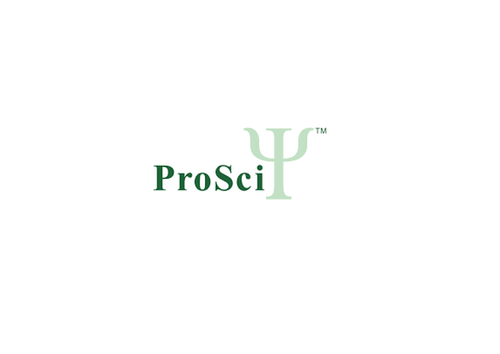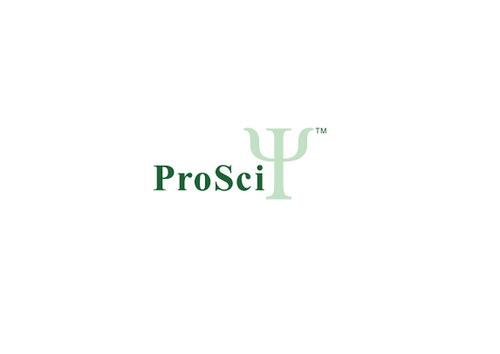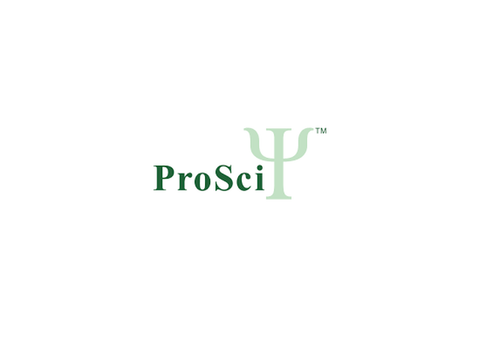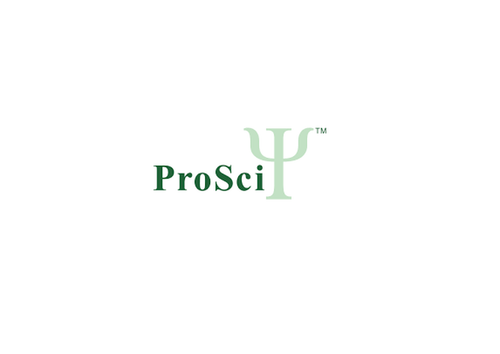Product Description
Death Domain Receptor Detection Set | PSI-1825 | ProSci
Host: N/A
Reactivity: Human
Homology: N/A
Immunogen: Rabbit polyclonal antibodies were raised against peptides corresponding to amino acid sequences from each of the corresponding proteins.
Tested Application: WB, IHC, IF
Application: N/A
Specificity: N/A
Purification: Antibodies are supplied as affinity chromatography purified IgG.
Clonality: Polyclonal
Isotype: N/A
Conjugate: N/A
Physical State: Liquid
Buffer: PBS containing 0.02% sodium azide.
Concentration: Antibody 1 mg/mL
Storage Condition: Stable at 4˚C for three months, store at -20˚C for up to one year.
Background: Apoptosis, or programmed cell death, occurs during normal cellular differentiation and development of multicellular organisms. Apoptosis can be induced by certain cytokines such as TNF-a and Fas ligand. Apoptosis-inducing signals are often mediated by receptors containing so-called "death domains” in their cytoplasmic domains. These proteins include DR3 (also known as TNFRSF25), DR4 (also known as TNFRSF10A), DR5 (also known as TNFRSF10B), and DR6 (also known as TNFRSF21). DR3 is highly expressed in the tissues enriched in lymphocytes including thymus and spleen and may play a role in regulating lymphocyte homeostasis. DR4 is also called TRAIL receptor-1 (TRAIL-R1) and is expressed in most of human tissues. DR5, also known as TRAIL-R2, is widely expressed in normal tissues and in many types of tumor cells. Like DR5, DR6 is also widely expressed, and has recently been suggested to play a role in the pathogenesis of Alzheimer’s disease.
Two decoy receptors for TRAIL have been identified and designated DcR1 (also known as TNFRSF10C) and DcR2 (TNSRSF10D). DcR1 is a glycophospholipid-anchored cell surface protein with an extracellular TRAIL-binding domain but lacking an intracellular signaling domain. Overexpression of DcR1 did not induce apoptosis, but attenuated TRAIL-induced apoptosis. DcR2 also has an extracellular TRAIL-binding domain but lacks the intracellular death domain and does not induce apoptosis. Similar to DcR1, overexpression of DcR2 attenuated TRAIL-induced apoptosis. Another decoy receptor, DcR3 (also known as TNFRSF6B) exists as a soluble rather than a membrane associated molecule. DcR3 binds to FasL and LIGHT and inhibits FasL and LIGHT induced apoptosis.
For images please see PDF data sheet
User Note: Optimal dilutions for each application to be determined by the researcher.
 Euro
Euro
 USD
USD
 British Pound
British Pound
 NULL
NULL








